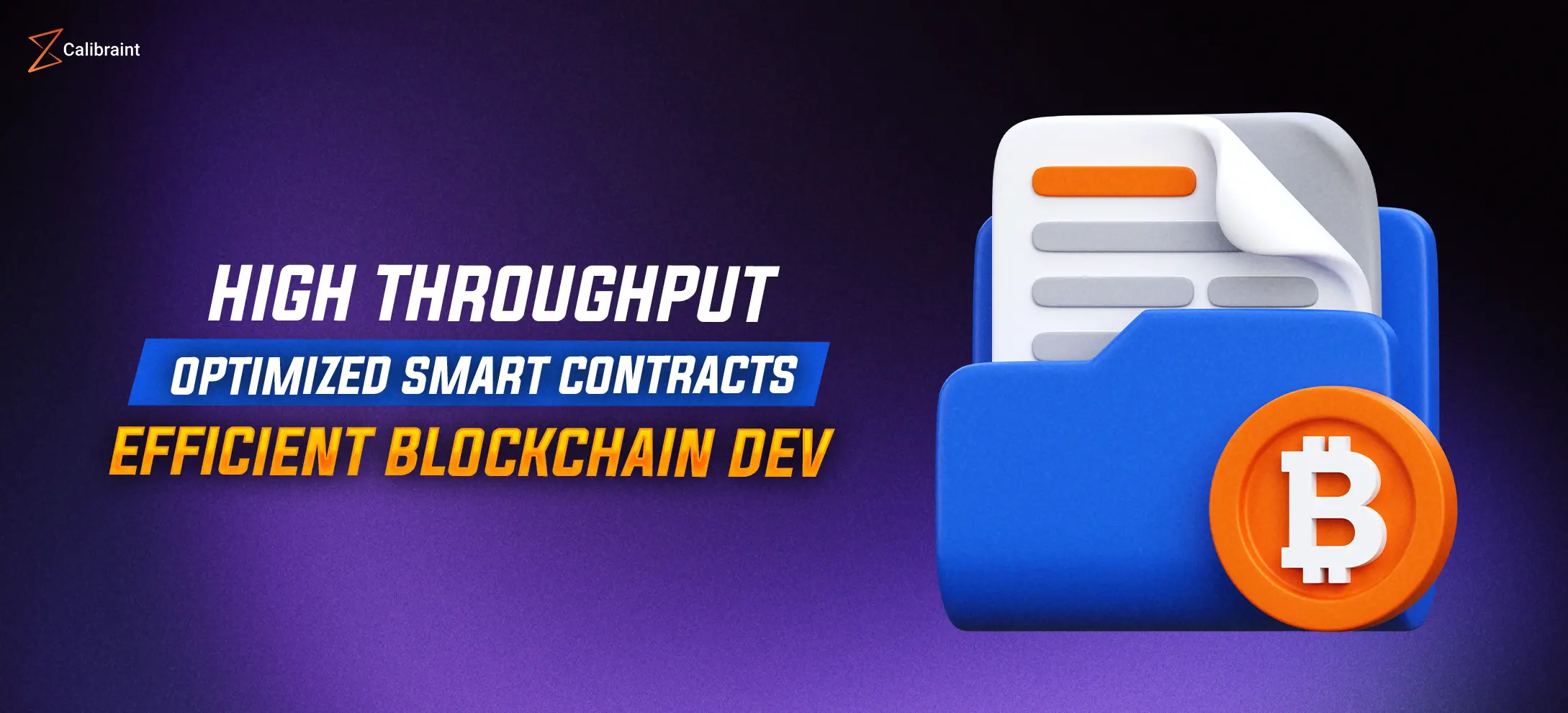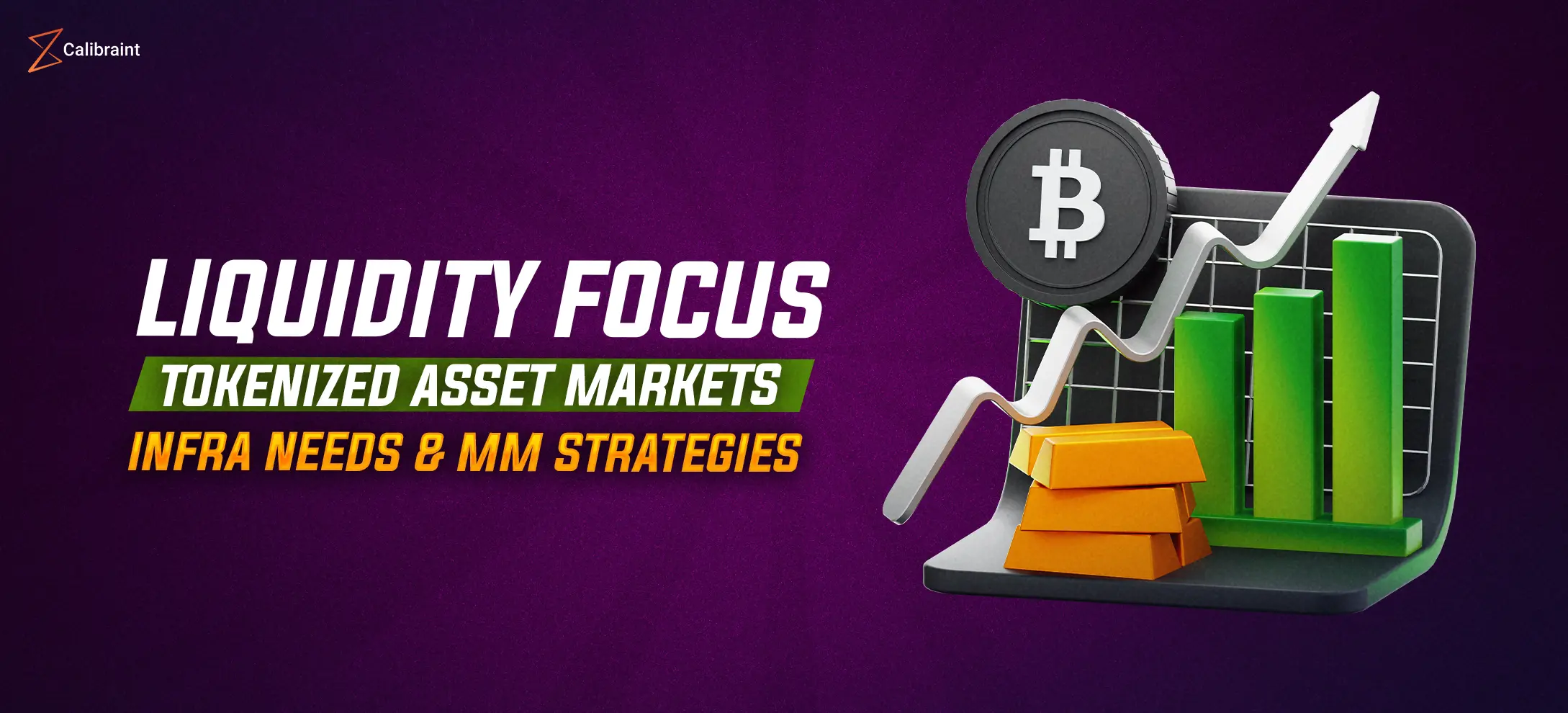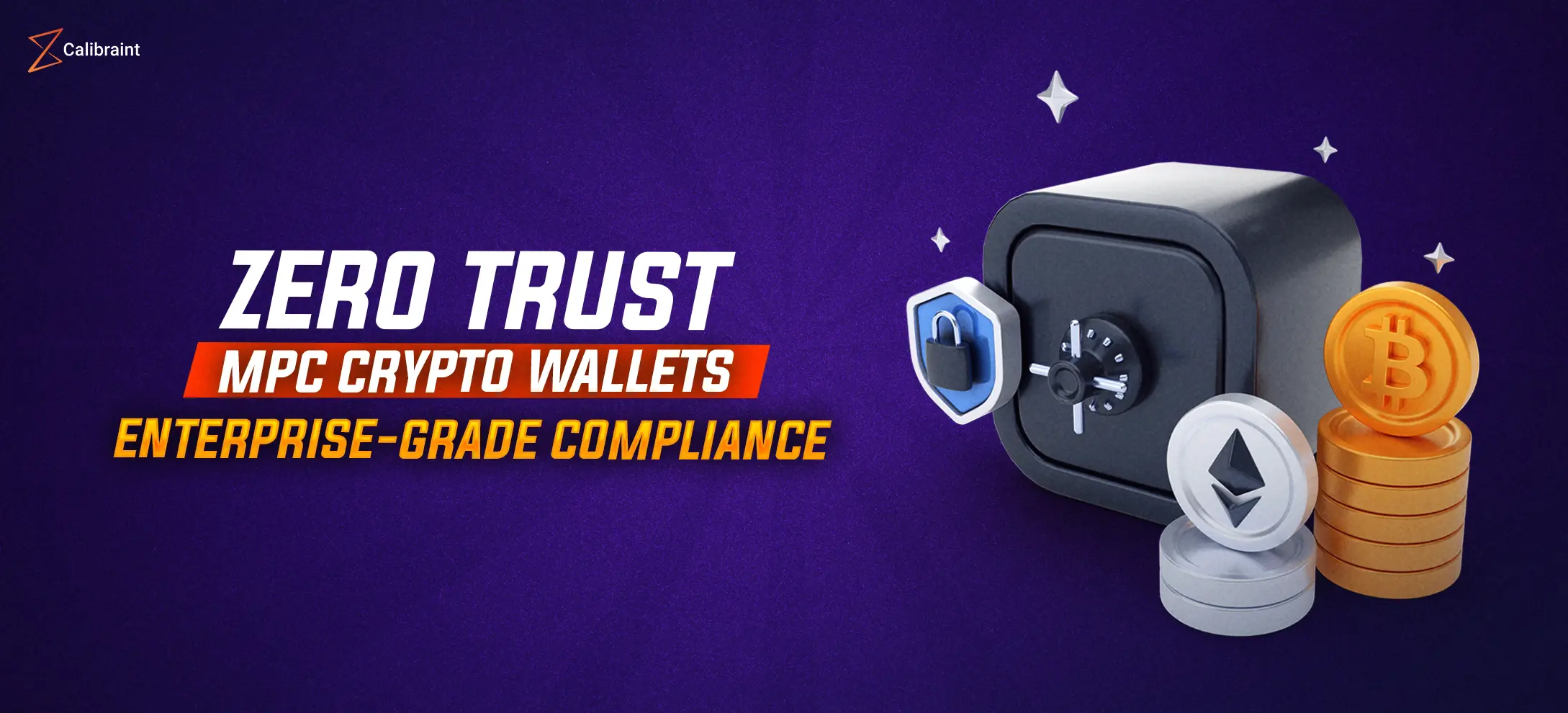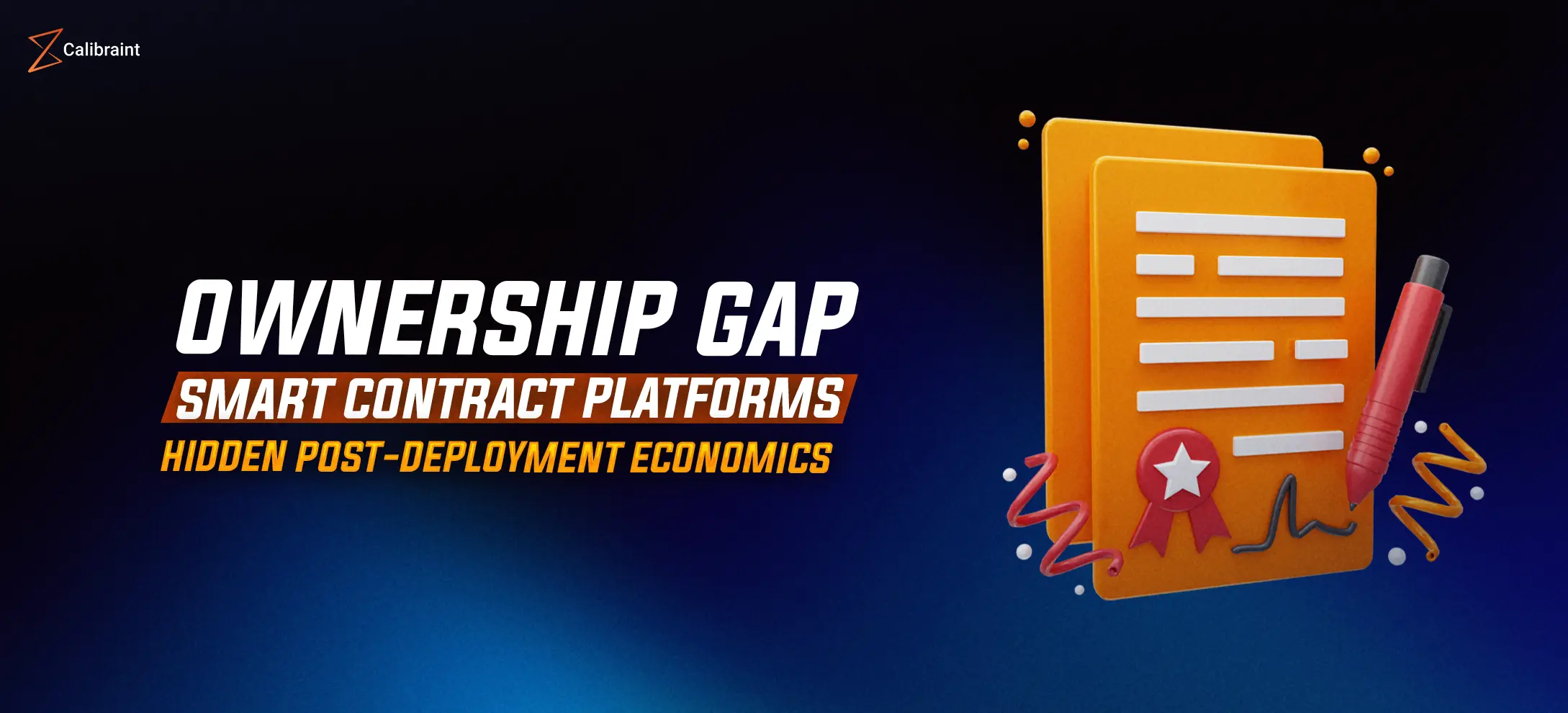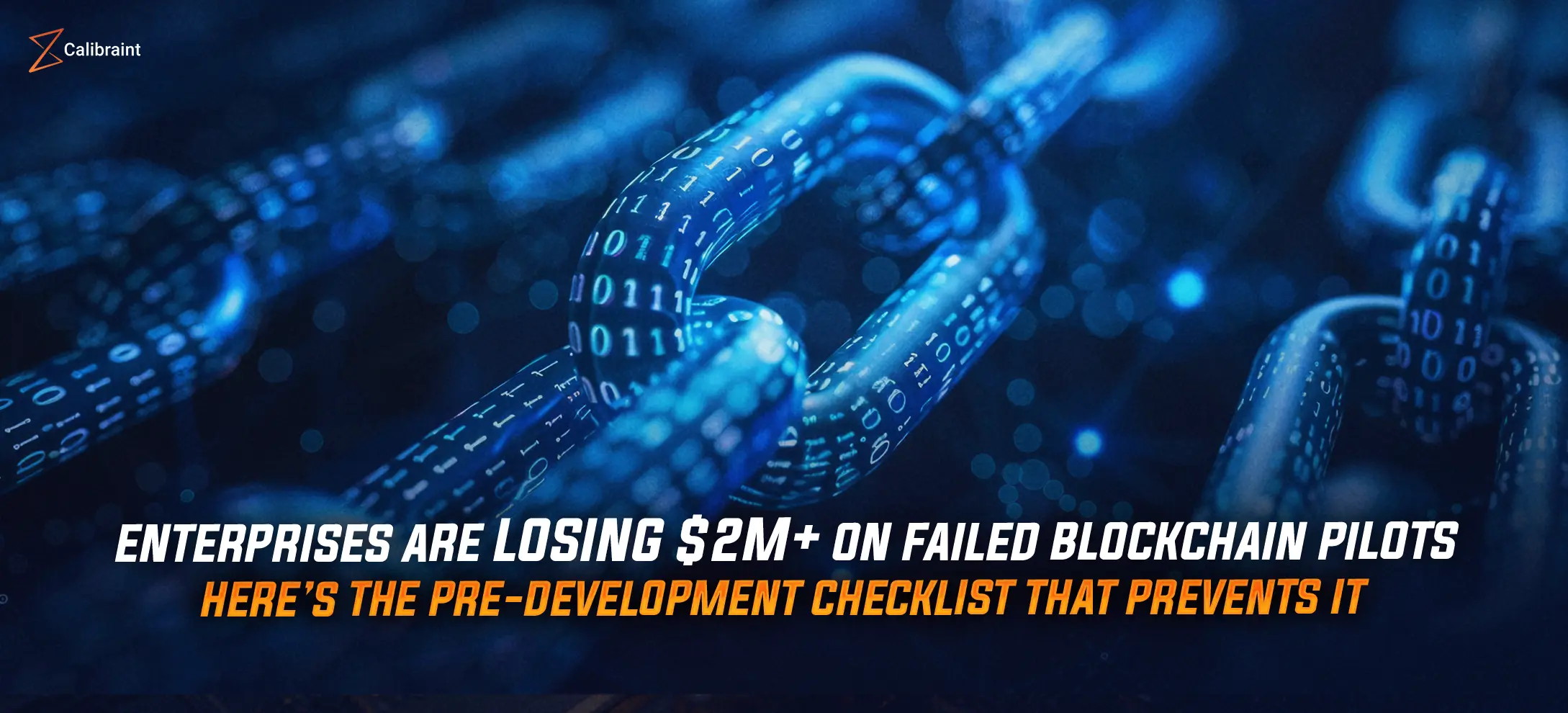Regenerative Finance (ReFi): Building a Sustainable Blockchain Economy

The concept of Regenerative Finance is reshaping how we think about money, value, and sustainability. In contrast to traditional financial systems that often extract value from ecosystems and communities, regenerative finance aims to restore, replenish, and regenerate. Through the innovative lens of blockchain, ReFi is emerging as a powerful movement to create not only wealth but also social and ecological well-being.
What is Regenerative Finance (ReFi)?
At its core, regenerative finance (commonly referred to as ReFi) is a paradigm shift from extractive capitalism to systems that nurture planetary health, community resilience, and inclusive prosperity. While traditional finance has primarily been about maximizing shareholder returns, ReFi focuses on maximizing positive impact.
Built on blockchain technology, ReFi enables transparent, decentralized financial systems that prioritize long-term sustainability. These systems often support environmental projects, carbon sequestration efforts, circular economies, and local communities, making them a holistic alternative to legacy financial infrastructures.
Why Now? The Urgency of Sustainable Finance
Climate change, wealth inequality, and ecological collapse have underscored the need for financial systems that serve people and the planet. From floods and wildfires to economic displacement, the evidence is loud and clear: we can no longer separate finance from the natural world.
Blockchain technology, with its ability to facilitate trustless, peer-to-peer transactions, creates a fertile ground for regenerative finance blockchain solutions. These solutions aim to channel capital toward regenerative efforts, such as reforestation, regenerative agriculture, renewable energy, and biodiversity conservation.
How Blockchain Empowers Regenerative Finance
Let’s break down how blockchain intersects with regenerative finance:
1. Transparency and Trust
One of blockchain’s most powerful features is transparency. Every transaction is recorded and auditable, making it easier to verify impact claims. This is crucial in a space like ReFi where trust in social and ecological outcomes is vital.
2. Tokenization of Natural Assets
Projects like Regen Network (a notable example in regen finance) tokenize ecological data and carbon credits. These tokens can be traded or staked, allowing stakeholders to financially support ecological restoration.
3. Decentralized Governance
ReFi projects often use DAOs (Decentralized Autonomous Organizations) to involve local communities in decision-making. This model ensures that those closest to the land and the issue have a say in the financial flows impacting their environments.
4. Programmable Incentives
Smart contracts allow developers to build incentive mechanisms directly into the code. For example, farmers who practice regenerative agriculture could be automatically rewarded when verified impact data is uploaded.
Examples of ReFi in Action
Regen Network
A pioneer in the regen finance space, Regen Network is building tools that connect farmers, land stewards, and developers with global markets for ecological assets. By creating a marketplace for verified ecosystem services, they bring financial incentives into the realm of regeneration.
Toucan Protocol
Toucan provides infrastructure for bridging carbon credits onto the blockchain, making it possible for decentralized finance (DeFi) platforms to integrate environmental assets into their systems.
Celo
Celo is a mobile-first blockchain platform that’s deeply invested in refi regenerative finance initiatives. From universal basic income pilots to community currencies for local resilience, Celo’s ecosystem reflects ReFi values in action.
KlimaDAO
KlimaDAO is another standout example. It aggregates carbon credits and incentivizes their retention to drive up the price of carbon emissions, making pollution more costly and regeneration more profitable.
Challenges Facing Regenerative Finance
While the vision is bold, regenerative finance is not without its hurdles:
- Verification of Impact: Ensuring that regenerative projects actually deliver on their promises requires reliable data and trustworthy methodologies.
- Scalability: Most ReFi projects are still in their early stages. Scaling these efforts without losing sight of local context and nuance is tricky.
- Interoperability: Integrating various regenerative finance systems into broader financial infrastructures is a technical and political challenge.
- Regulatory Uncertainty: As with most blockchain-based innovations, the lack of clear regulations creates both risk and opportunity.
The Role of Community in Regenerative Finance Blockchain
What sets regenerative finance blockchain apart from greenwashing finance efforts is its community-driven ethos. ReFi is about co-creation. It includes indigenous knowledge, local governance, community-led solutions, and holistic worldviews. This people-first approach not only makes it more sustainable but also more resilient.
Education and Inclusion
Financial literacy and digital inclusion are key. Many ReFi projects invest in onboarding underserved communities with user-friendly interfaces, open-access learning resources, and community ambassador programs.
Cultural Relevance
From language accessibility to local decision-making, ReFi projects aim to embed themselves into the fabric of the communities they serve.
Future Outlook: The Rise of Regenerative Economies
We’re witnessing the early stages of a new economic era one where capital is regenerative by default. Innovations in climate tech, Web3, and public goods funding are aligning under the umbrella of ReFi. As we move toward this future, these trends are likely to gain momentum:
- ReFi + AI: Leveraging machine learning to monitor ecological data and optimize regenerative outcomes.
- ReFi + Real-world Assets (RWAs): Tokenizing everything from clean water access to sustainable housing.
- ReFi + Gamification: Using behavioral science to nudge users toward sustainable actions through rewards and game mechanics.
- Cross-chain ReFi: Building bridges across blockchain networks to maximize reach and efficiency.
Conclusion:
Regenerative Finance is more than a trend, it’s a movement with the potential to redefine our relationship with money, value, and the planet. By prioritizing ecological and social health, ReFi sets the stage for economies that don’t just do less harm, but actively repair and regenerate. With its foundation in blockchain, regenerative finance ReFi offers transparency, inclusivity, and scalability, making it a vital force for a sustainable future.
As we navigate through climate crises and social upheaval, the rise of regenerative finance is a beacon of hope and a call to action. The future of finance isn’t just digital, it’s regenerative.






















